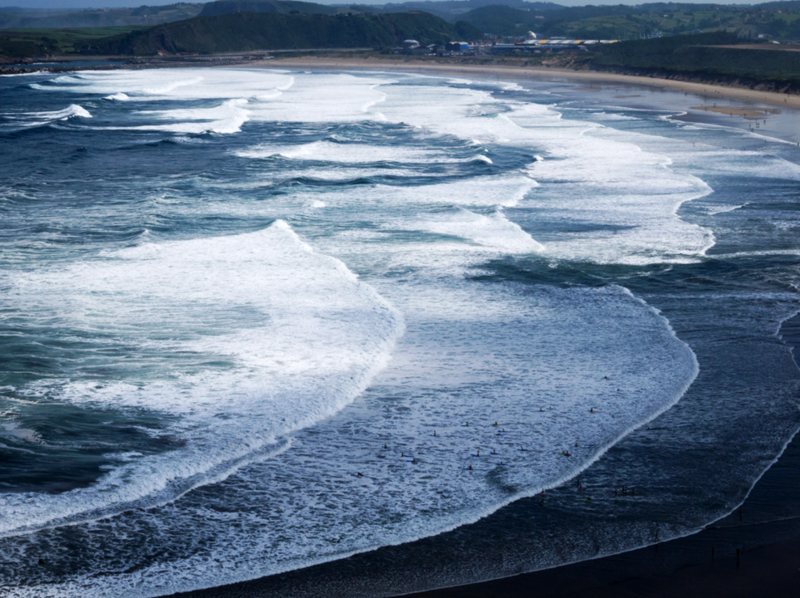Hurricane Earl is expected to produce 'dangerous rip currents' and 'dangerous surf' along the US East Coast this coming weekend, according to US weather authorities. Areas from New York to Florida could be at risk of coastal flooding as waves are pushed through the shore. This comes as the storm hovers over the North Atlantic Ocean, threatening the British Overseas Territory and island country of Bermuda.
Both the National Hurricane Center (NHC) and the National Weather Service (NWS) have been monitoring the hurricane over the past week, where it was only a tropical depression and a tropical storm. Now the NHC says the strong hurricane-force winds has prompted a tropical storm warning for Bermuda, where winds can reach up to 73 miles per hour (118 kilometers per hour) as of Friday, September 9.
While significantly distant from the Continental US, the impact of Earl can still be felt even it is hundreds of miles away. This is according to the NWS, which warned that life-threatening surf conditions and rip conditions could hit the US eastern coastline on Saturday and Sunday, September 10 and September 11. The US weather agency the greatest coastal impacts will be in the Mid-Atlantic and Northeast regions.
Hurricane Earl Forecast

Hurricanes do not need to be near eastern North Carolina to cause impacts, according to a tweet by the NWS Newport/Morehead on Friday, as cited by CNN.
The NWS office cites Major Hurricane Lorenzo in 2019, when it was over 2,000 miles away. However, Lorenzo generated powerful swells, causing damaging rip currents that killed four people in North Carolina.
The tweet reminds the public that distant hurricanes can still bring large waves to local beaches even on calm weather days.
In New Jersey, local news outlet NJ.com reports that weather forecasters are warning swimmers to remain on high alert due the dangerous rip currents along the Jersey Shore on Friday and Saturday, due to large ocean swells generated by Hurricane Earl.
Rip Currents and Dangerous Surf
Rip currents are reportedly the "leading surf hazard" for all beachgoers, and they are especially dangerous for weak or people that do not know how to swim.
In the US, over 100 drownings are linked to rip currents that occur each year, where 80% of water rescues on surf beaches are because of these lethal fast-moving waters, the University of North Carolina Wilmington (UNCW) explains.
These hurricane-triggered currents can occur at any surf beach with breaking waves, including in the Great Lakes.
Dangerous surf conditions pertain to larger-than-normal waves called "dangerous waves" used by the NWS to depict these strong breakers with an energy enough to move large logs and erode beaches, affecting swimmers and surfers. Small boats and paddleboats are also at risk of being overturned.
The NWS and UNCW both urge swimmers to always choose guarded beaches or those with lifeguards stationed in their posts, monitoring the situation on the waters.
Related Article: Hurricane Earl Now Heading Towards Bermuda
© 2025 NatureWorldNews.com All rights reserved. Do not reproduce without permission.





